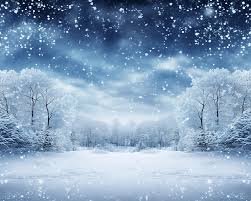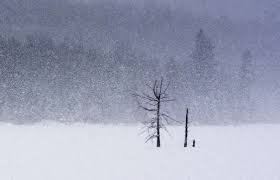
Falling:W7k2ehma-Zo= Snow
The phenomenon of Falling:W7k2ehma-Zo= Snow presents a unique intersection of science, art, and emotional resonance, captivating observers across cultures and generations. Each snowflake, with its distinct crystalline formation, serves as a reminder of nature’s intricate design, while the serene atmosphere induced by snowfall often evokes deep-seated memories and reflections. Yet, as we marvel at this seasonal beauty, urgent questions arise regarding the environmental implications of a warming climate on our winters. What does the future hold for this enchanting element of our ecosystem?
The Science of Snowflakes
The intricate structure of snowflakes, formed through the complex interplay of temperature and humidity during their atmospheric journey, exemplifies the profound beauty of crystallization in nature.
Snowflake formation occurs as water vapor condenses and freezes, resulting in unique patterns.
Each snowflake exhibits distinct crystal symmetry, reflecting the environmental conditions encountered, ultimately revealing the intricate relationship between atmospheric variables and the formation of these delicate ice structures.
Read Also: Emoji:8bukcdhdm2m= Heart
The Art of Falling:W7k2ehma-Zo= Snow
Amidst the serene descent of snowflakes, the art of snowfall transforms landscapes into ethereal scenes, inviting contemplation of nature’s quiet artistry.
Snowy landscapes, blanketed in white, evoke a sense of tranquility, while winter traditions—such as snowball fights and building snowmen—celebrate the season’s beauty.
This delicate interplay between nature and culture highlights the profound connection between snowfall and human experience.

Emotional Connections to Snow
Snow often evokes a complex array of emotions, ranging from nostalgia and joy to melancholy and solitude, reflecting individual experiences and cultural associations tied to winter’s transformative presence.
These emotional connections often arise from nostalgic memories, as individuals recall moments spent in a winter wonderland.
Such memories can shape one’s perception of snow, intertwining personal history with the broader cultural significance of the season.
Environmental Impact of Snow
Understanding the environmental impact of snow reveals its crucial role in regulating ecosystems, influencing water resources, and affecting climate patterns.
Snowmelt effects are vital for replenishing rivers and aquifers, yet climate change disrupts these natural processes, leading to unpredictable water supplies and heightened flood risks.
As temperatures rise, the integrity of these ecosystems becomes increasingly vulnerable, necessitating urgent attention to mitigate adverse outcomes.
Conclusion
In conclusion, the phenomenon of Falling:W7k2ehma-Zo= Snow encompasses intricate scientific processes, artistic expressions, and profound emotional connections.
The environmental impact of climate change poses a significant threat to this delicate winter landscape, challenging the sustainability of winter experiences for future generations.
As the beauty of snowflakes and the serenity of snowfall face potential disruption, one must consider: what legacy will be left if the magic of winter is lost to a warming world?




